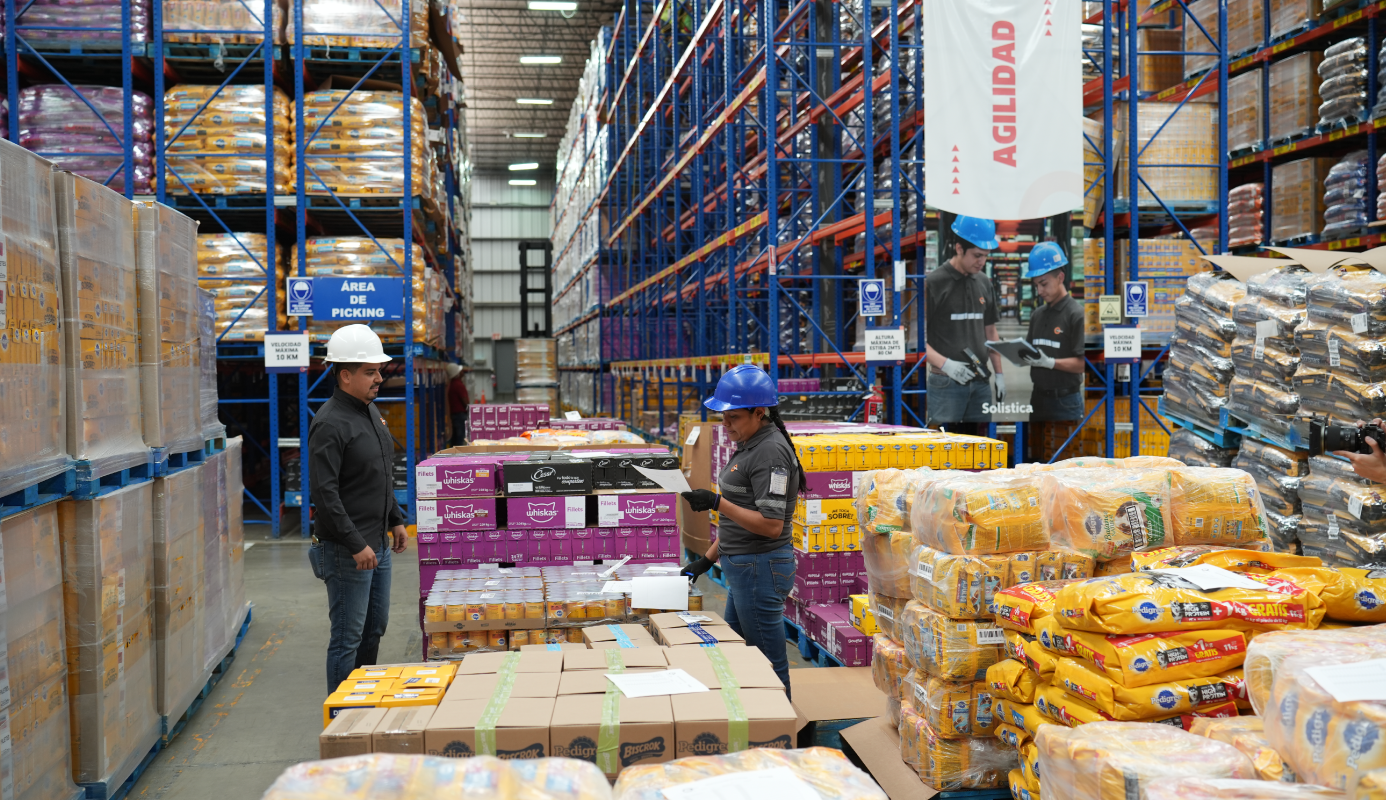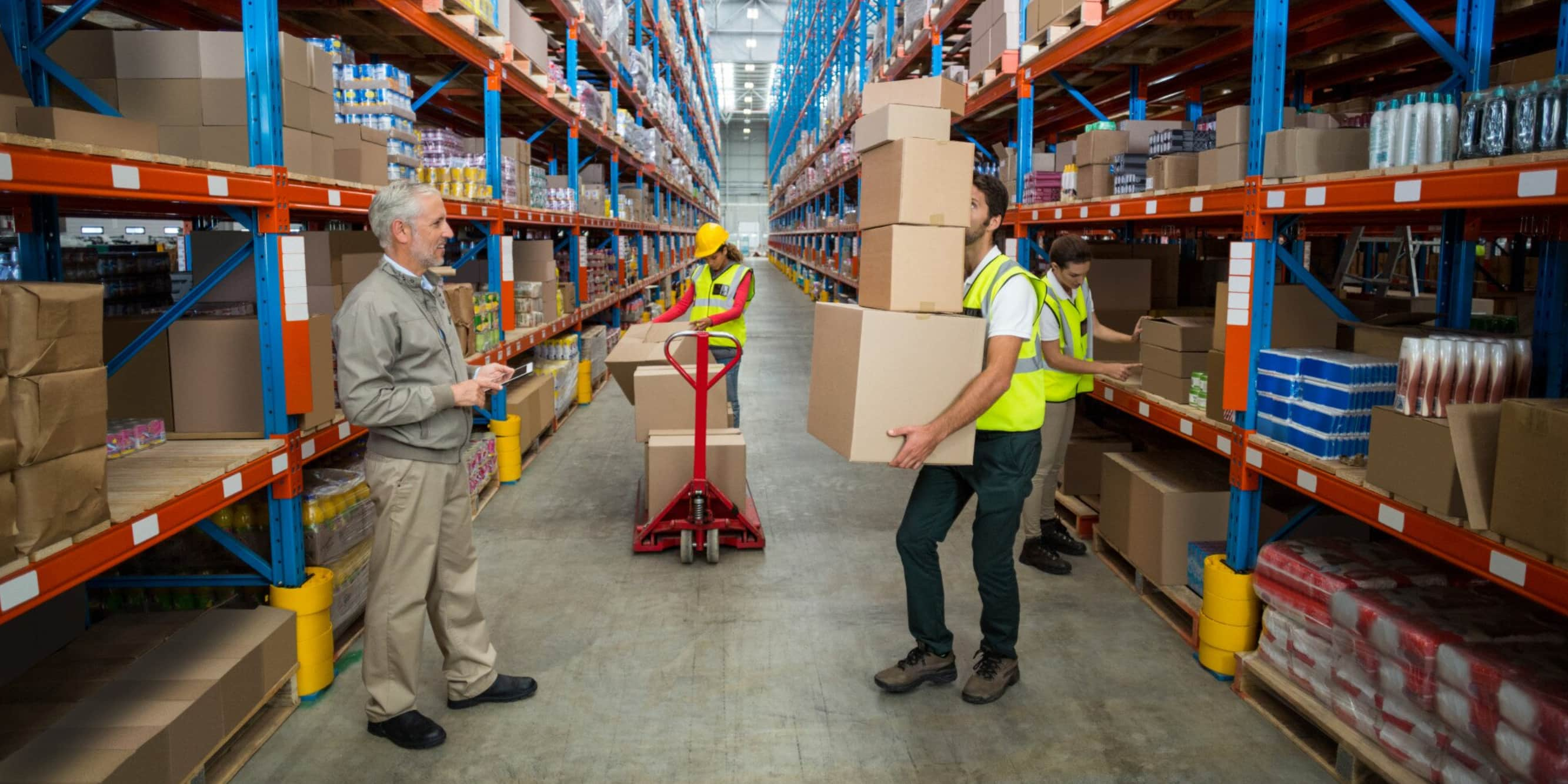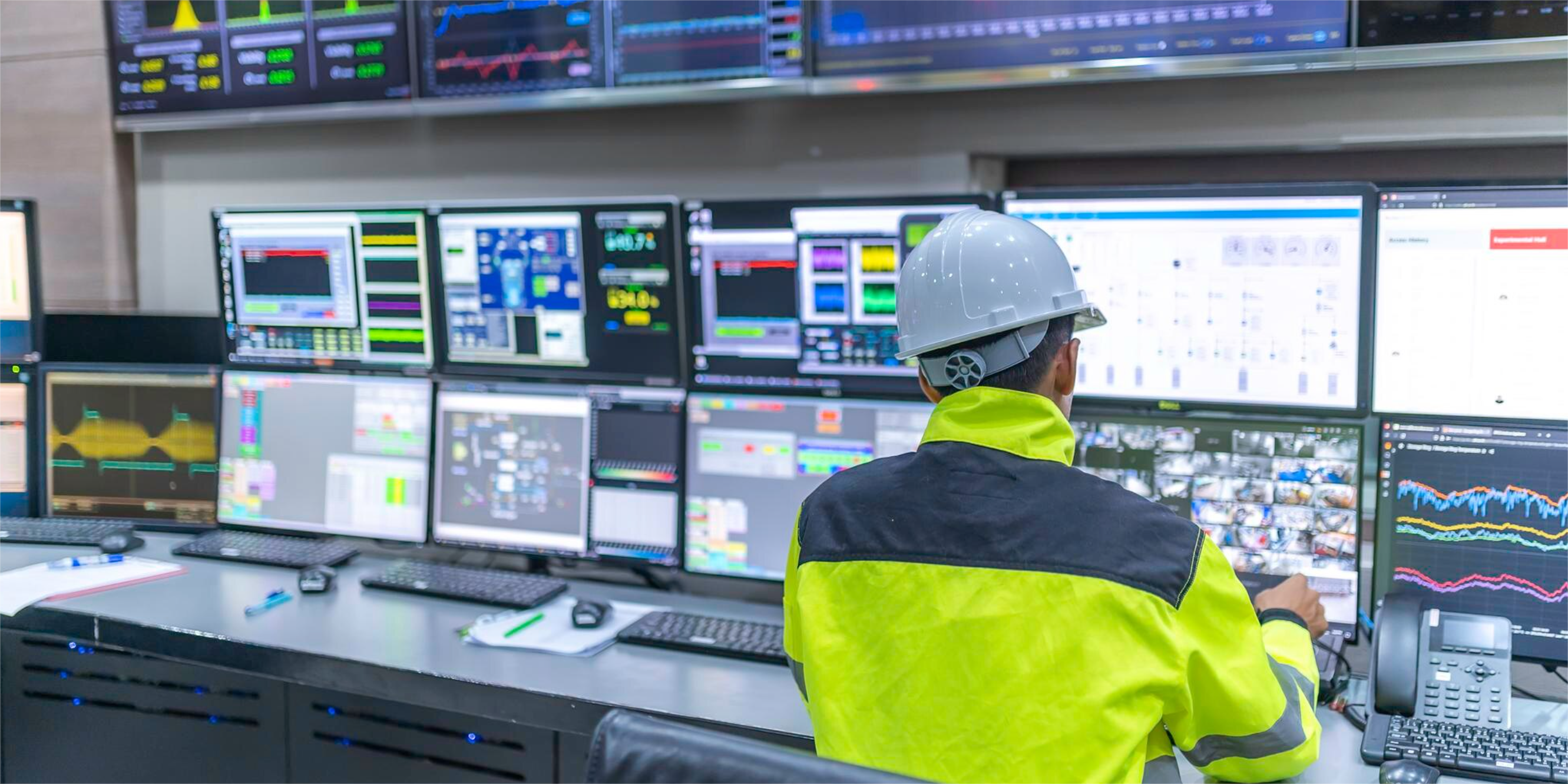Think of an environment where your products reach their destination in days, not weeks. Where every link in your supply chain works with Swiss-watch precision, and where geographic distances are no longer obstacles but strategic opportunities. This is the reality that is taking shape in Latin America, where Mexico is completely adjusting the rules of the logistics game.
Mexico is building an intelligent ecosystem that promises to revolutionize every aspect of your logistics operation. From reduced delivery times to cost optimization that directly impacts your profitability, this emerging market is the true enabler of business growth in the region.
The transformation is the result of important decisions, investment in state-of-the-art infrastructure and a comprehensive vision that combines geographic proximity, favorable regulatory frameworks and world-class operational capabilities.
The silent revolution transforming Latin America
For decades, Latin American companies have faced the same frustrating challenge: waiting more than six weeks for products from Asia to reach their final destinations. This reality limited responsiveness to market demands and created costly inefficiencies throughout the supply chain.
Today, a new generation of logistics experts is writing a different story, and Mexico is leading this transformation. Consolidation across Mexico as a Mega Hub is enabling revolutionary cost and time reductions in the supply chain.
The numbers reflect a paradigm shift that is impacting the entire region: delivery times are going from 4-6 weeks to just 4-5 days. This is just the beginning. This initiative is also generating greater accuracy in meeting packaging and packing requirements, more operational flexibility, reduced inventories, lower freight and labor costs, and most importantly, total control of the supply chain.
The Mexican logistics revolution is a structural reconfiguration that is changing how Latin American companies compete in global markets. (Article - The Logistics World)
Mexico: The epicenter of global nearshoring
There is a success story that deserves to be told in detail: that of Mexico becoming the undisputed epicenter of global nearshoring. Companies from all over the world are turning their gaze to this country that combines privileged geographic proximity to the United States and Canada, strategic trade agreements such as the TMEC (Mexico-United States-Canada Treaty), and an infrastructure that is constantly evolving to meet international demands.
Figures from the Council of Global Enterprises (CEEG) paint a picture that inspires confidence and validates this transformation: the relocation phenomenon will contribute 2.5% to Mexican economic growth over the next six years. But here comes the really exciting part: Mexico's manufacturing sector is attracting more than US$80 billion, which will translate into up to four million new jobs by 2023, with a sustained annual intake of between US$30 and US$50 billion.
Mexico offers a unique set of competitive advantages that include competitive labor costs, political stability, proximity to developed markets, and most importantly, a logistics infrastructure that is constantly being optimized to meet international standards.
Success stories transforming industries
The story of Logisfashion is a perfect illustration of this industry transformation. They arrived in Mexico in 2006 accompanying Spanish brands in their international expansion, and today they operate throughout the American market, managing more than 50 Mexican and international brands in fashion, lifestyle, and e-commerce. Its logistics center in Tepotzotlán, State of Mexico, is a tangible example of how strategic location combines with operational capacity and state-of-the-art environmental technology.
The impact goes beyond the textile sector. The automotive industry has found in Mexico a complete ecosystem that includes everything from specialized suppliers to research and development centers. Companies such as Tesla, BMW, and General Motors have established relevant operations that take advantage of both the proximity to the U.S. market and the technical expertise developed locally.
The Mexican Online Sales Association reports that online retail sales in Mexico will reach 658.4 billion pesos during 2023, representing a 24.6% growth over the previous year. This is an explosion of opportunities that is changing the e-commerce and last-mile logistics landscape, creating demand for increasingly sophisticated logistics solutions. (Article - The Logistics World)
The geopolitical advantage
Mexico is maximizing every element of its value proposition. Proximity to the United States, the world's largest consumer market, means more than reduced transportation costs: it represents immediate access to 330 million consumers with high purchasing power.
The TMEC has eliminated tariffs on most products, creating a trading environment that facilitates the flow of goods and services. More importantly, it has established rules of origin that encourage local and regional production, strengthening integrated supply chains between Mexico, the United States and Canada.
This trade integration is generating a multiplier effect beyond Mexico's borders. Asian companies, especially Chinese, are setting up manufacturing operations in Mexico to access the North American market under preferential conditions of the TMEC. This is creating a hybrid ecosystem that combines Asian efficiency with North American proximity.
Smart infrastructure
Mexico has invested in infrastructure that supports world-class logistics operations. The ports of Veracruz, Altamira and Lázaro Cárdenas have been modernized to handle growing cargo volumes with operational efficiencies comparable to the best ports in the world.
Mexico's highway network efficiently connects production centers with ports and borders, while airports in Mexico City, Guadalajara and Monterrey offer air cargo capacity that facilitates the movement of high-value, time-critical products.
What really sets Mexico apart is the investment in logistics technology. Automated distribution centers, state-of-the-art warehouse management systems (WMS), and real-time visibility platforms are transforming how companies manage their operations in the country.
The digital ecosystem driving efficiencies
The digitization of logistics operations in Mexico is creating optimization opportunities that were unthinkable just a decade ago. Transportation management platforms (TMS) integrated with enterprise resource planning (ERP) systems are enabling companies to make data-driven decisions in real time.
Adoption of technologies such as the Internet of Things (IoT), artificial intelligence and predictive analytics is transforming traditional distribution centers into intelligent hubs that can anticipate demand, optimize inventories and minimize operational waste.
Mexican and multinational companies are implementing blockchain solutions to create more transparent and secure supply chains, especially important in sectors such as pharmaceuticals and food where traceability is critical.
Sustainability: The competitive differentiator of the future
Mexico is leading the way in implementing sustainable logistics practices that generate significant operational efficiencies. LEED-certified distribution centers, alternative fuel transportation fleets, and reverse logistics programs are becoming industry standards.
The circular economy is finding fertile ground in Mexico. Companies are designing supply chains that minimize waste, maximize reuse of materials, and create value from end-of-life products.
Intelligent infrastructure driving the future
When it comes to the future of Latin American logistics, projections indicate that the market will reach US$375 billion, and Mexico is positioned to capture a representative portion of this growth. Factors driving this expansion include: consolidation of e-commerce, development of reverse logistics, application of advanced technology and investment in next-generation infrastructure.
Having the right location for your distribution centers makes the difference between leading the market or being left behind. At SOLISTICA we have developed a network of Distribution Centers (CEDIS) with strategic locations in Mexico that combine capacity, efficiency and regional connectivity in a smart way.
Our CEDIS are designed to adapt to the specific realities of industries such as FMCG (Fast-Moving Consumer Goods), automotive and home appliances. They operate under safety, sustainability, and technology standards that exceed expectations. With facilities in Mexico City (Tultepark), Monterrey and Guadalajara, each location is equipped to transform logistical challenges into competitive advantages.
Our comprehensive approach considers critical factors such as proximity to suppliers, access to destination markets, availability of skilled labor, multimodal transportation connectivity, and facilities for future expansion. Each CEDIS is designed to scale operations as our customers grow.
The combination of strategic locations, advanced technology and operational expertise is enabling our customers to take full advantage of the competitive advantages Mexico offers as a regional logistics hub. (Web - Solistica) (Web - Solistica)
Your next step to logistics excellence
The future of regional sourcing is happening right now in Mexico. Your company has the opportunity to be a protagonist of this transformation that is changing competitiveness in Latin America and positioning the country as the most important logistics hub in the region.
The logistics revolution led by Mexico is the present for companies seeking to compete in global markets with efficiency, speed, and precision. Mexico offers the most complete ecosystem in Latin America for companies seeking to optimize their logistics operations, reduce costs, improve response times and access strategic markets.
Let's talk about your vision and build together the road to your success by taking advantage of the competitive advantages that Mexico offers as a logistics leader in Latin America.



.jpg)



